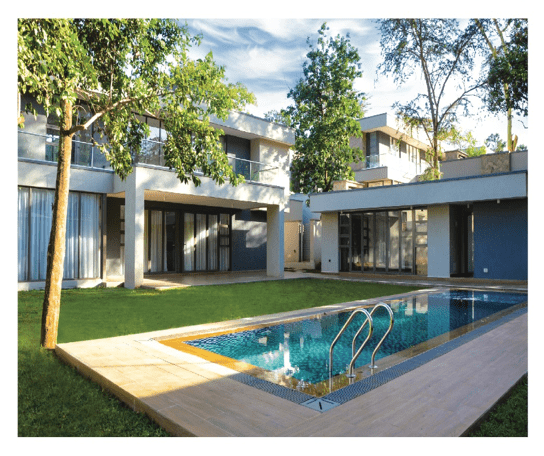The real estate sector in Kenya is one of the fastest-growing business investments. This has led to an increased rate of Kenyan homebuyers and high demand for housing units in Kenya. The country’s economic growth and infrastructure development have attracted both local and international investors from various parts of the world.
The Kenyan real estate market has grown exponentially for the past two decades. This has been attributed to its contribution to the country’s GDP which grew from 10.5 per cent in 2000 to 12.6 per cent in 2012 and 13.8 per cent in 2016. Demographic trends, population growth, high total returns, infrastructural development and stable GDP growth has led to increased growth and development of the real estate industry in Kenya. Most homebuyers are turning to high-end neighbourhoods while seeking aspirational lifestyles and quality products.
This has given real estate developers a flourishing opportunity as more Kenyans want to associate with the affluent. A new survey by the Kenya Bankers Association (KBA), indicates that homebuyers or property owners have now taken an interest in townhouses in rich neighbourhoods. The estates that have been sought in Nairobi include Kilimani, Kileleshwa, Runda, Karen, Spring Valley, Lavington, Westlands, Parklands, Ridgeways, Kitisuru, Garden Estate, Loresho, Mountain View and Adams Arcade. Other estates that are sought after outside Kenya’s capital city include Milimani in Nakuru, Nyali in Mombasa and Milimani in Kisumu.

4 Bedroom villa for sale in Syokimau

4 bedroom house for sale in Athi River

Houses for Sale in Ngong, Kajiado County

Four bedrooms Villas on sale in Ngong
Development of single-family townhouses has increased as more homeowners prefer to share amenities such as a common playground for their children and opt to reduce their living space for the aspect of dwelling with the affluent. The presence of other social amenities and back-up generators corresponds with the higher house prices. Results reveal that homebuyers prefer low-density buildings than high-density buildings.
The Kenya Bankers Association (KBA) indicated that townhouses were the most preferred in 2020 at a rate of 45 per cent followed by apartments at 33 per cent and maisonettes at 45 per cent. Most homeowners prefer security, serenity and proximity to the city. According to a report by the index, house prices decreased by 0.54 per cent and marginally reversed the 0.61 per cent negative growth rate reported in the fourth quarter of 2019. The KBA Research and Policy Director Jared Osoro said that the decrease in price is attributed to the normalisation of house prices as the market comes after a long period of sustained price growth. But in terms of demand, the development in affluent areas has grown around the capital and its surrounding areas.
Although there has been an increased demand for townhouses, the real estate sector has been affected by the coronavirus pandemic. According to the KBA index house prices are expected to decrease at a slow rate during this period, as the demand increases. The Kenyan real estate sector is expected to further grow in the long term as interest in the Kenyan property market by both local and international players continue to rise. Additionally, this will lead to investment in infrastructure and improvement of the real estate sector.

